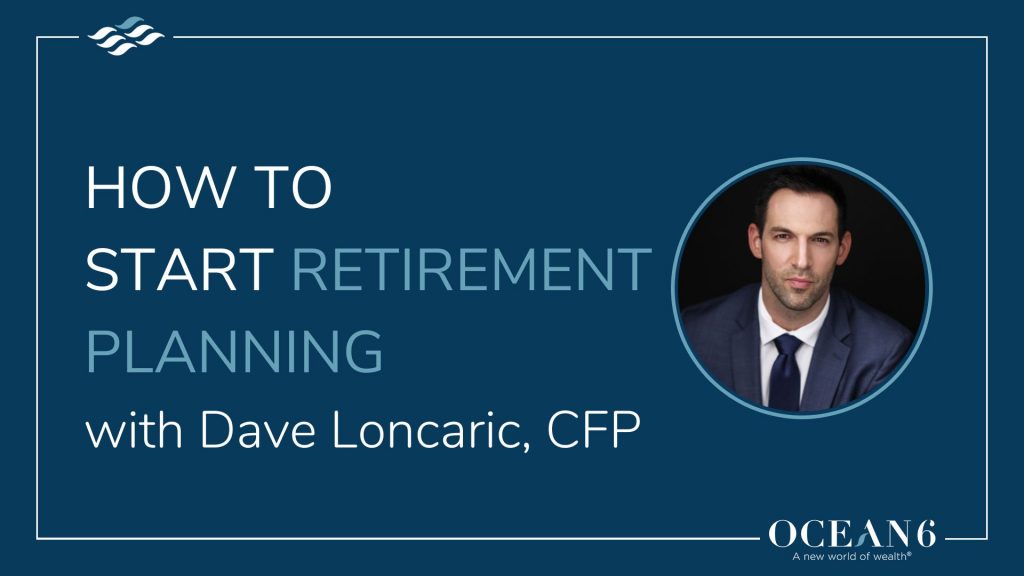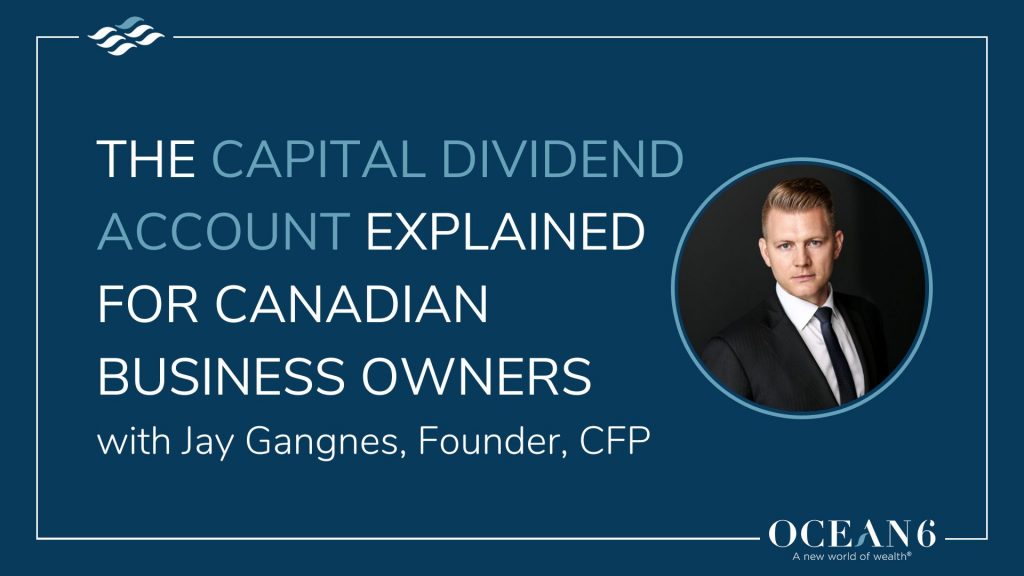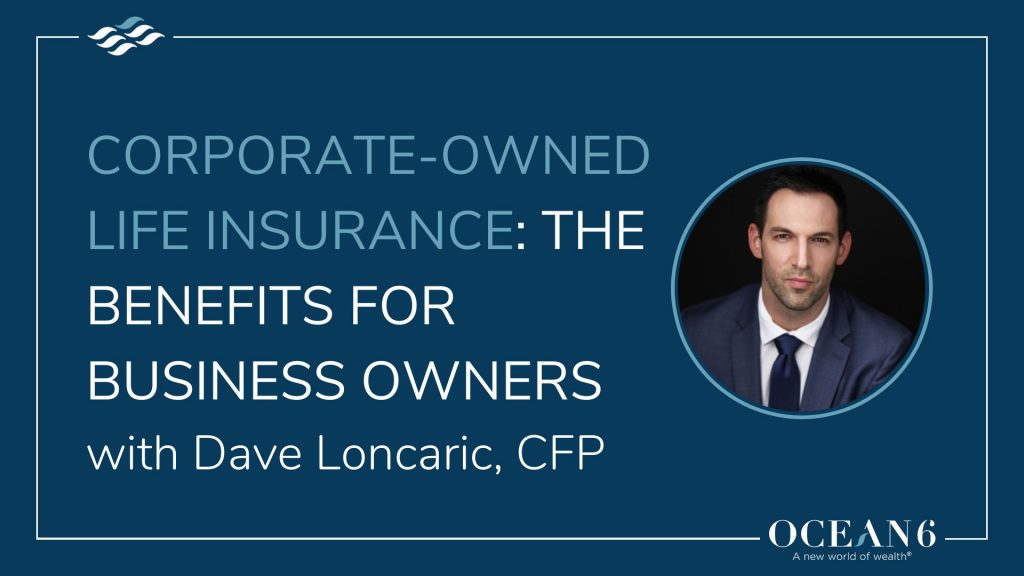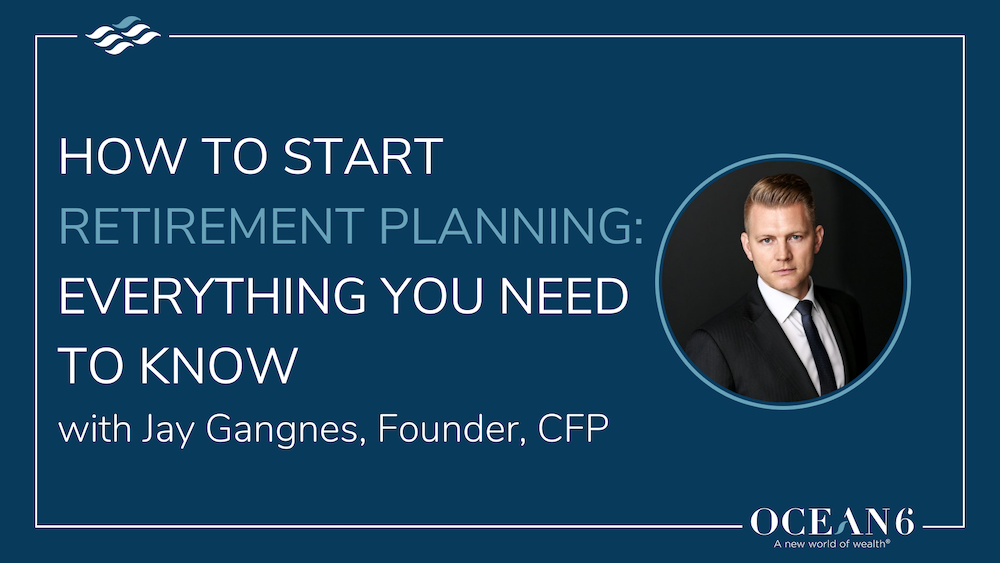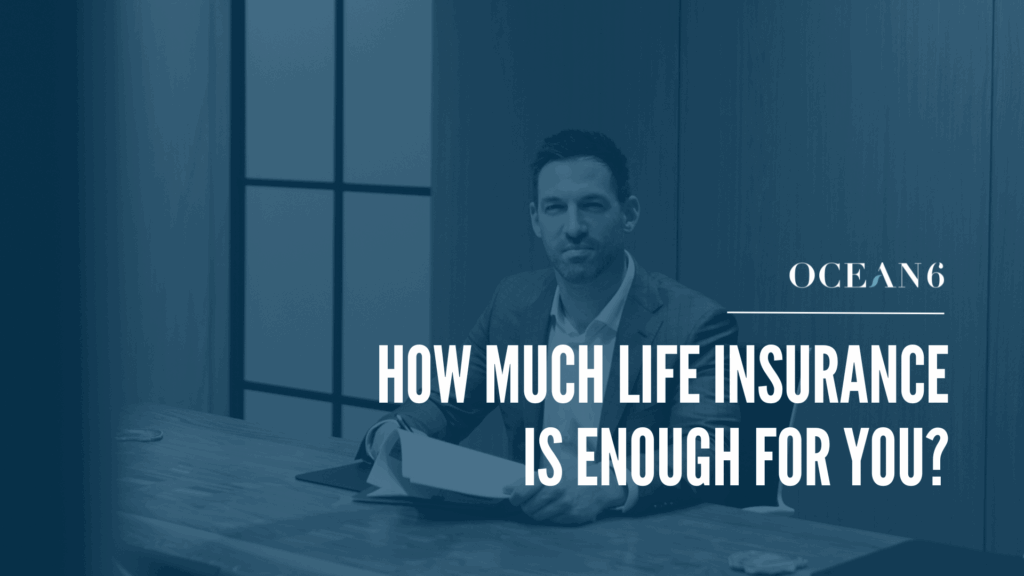Life insurance can be one of the most powerful tools to have in your financial plan. Aside from providing financial security for your loved ones when you pass away, you can use it while you’re still alive by accessing the cash value.
It’s uncommon to view life insurance in that light because when things are sold for commission, it may not be structured in a way for you to win.
Let’s explore how life insurance can be used as a wealth-building tool.
How to Build Wealth with Permanent Life Insurance
There are specific types of insurance that serve a purpose beyond protecting your family in the event of death, injury, or illness.
Permanent life insurance is one of them. It provides coverage throughout the insured’s entire lifetime with tax-free death benefits to the beneficiaries.
But you can also take advantage of a permanent life insurance policy even before death. Using the cash value component of this type of insurance, it can turn into an investment tool to build wealth.
(As a business owner, you can own your life insurance corporately. Here are 5 benefits to owning life insurance inside your corporation)
What is the Cash Value of a Policy?
The cash value is a savings component of a permanent insurance policy that grows over time. When you make premium payments towards your permanent life insurance policy, a portion of the money goes into the cash value. The cash value grows tax-deferred and in turn, you can access that money while you’re still alive to use as needed.
There are primarily two types of permanent life insurance: participating whole life and universal life. Here are the main differences between the two.
Whole Life Insurance
Whole life insurance is appropriate for those looking for predictability and stability. Your investments are managed by the insurance company and will grow at a guaranteed rate. You may receive additional dividends if you qualify. The risk is low, which means a low-interest return as well. If the goal isn’t to get a killer return but rather a hands-off approach that is steady and stable in the long term, this is a great investment tool.
Universal Life Insurance
Universal life insurance is suitable for people who seek more flexibility. You build and manage your own portfolio. The interest rate and risk vary depending on the type of universal life insurance policy.
- Standard universal life — rates are based on current market interest rates
- Variable universal life insurance — rates are based on the performance of the investment options you have chosen
- Indexed universal life insurance — rates are based on the performance of a stock market index, for example, the S&P 500.
Since returns are not guaranteed, if the interest rate drops, there’s the risk of your cash value not performing well.
Other differences between whole life and universal life insurance involve the variability of premium payments and death benefits. With whole life, the premium payments and death benefits are fixed. With universal life on the other hand, the premium payments and death benefits can be adjusted based on changes in your circumstances or to better meet your needs.
If you’re familiar with term life insurance, it’s important to note it cannot be used as an investment tool because there’s no cash value component.
(Here’s how to create an effective insurance strategy)
How to Use the Cash Value of Your Insurance Policy
1. Make a Withdrawal
You can make a tax-free withdrawal from your policy if your cash value is below your Adjusted Cost Base (ACB = total premium paid on a policy minus the net cost of pure insurance). However, this action will trigger a taxable event if your policy’s cash value exceeds the ACB. Let’s say the total cash value of the policy is $100,000 and the ACB is $50,000, and you withdrew $10,000. Since the taxes are calculated on a prorated basis on your ACB, 50% of the $10,000 would be taxable, and the other 50% would be from ACB, which is non-taxable.
It’s important to note withdrawing from the policy will reduce the death benefit. This method may not be the most tax efficient, but it is quick and easy. When the ACB is high, often in the early years of the policy, it can be a fast source of funds when you’re in a pinch.
2. Take Out a Policy Loan
A policy loan involves borrowing funds from your policy through the same insurance company. Since the asset is already with them, the loan approval process is quick and easy. The funds will be available within the week.
Policy loans typically have a higher interest than the prime rate. A benefit of a policy loan is that your investments stay intact and continue to grow since you didn’t withdraw from the account.
The policy loan itself is not a taxable income, but it will reduce the ACB of the policy, which means you could be taxed more if you ever make a withdrawal or cancel the policy. This is a great option if you need the funds quickly but want to avoid taxation today.
3. Take Out a Collateral Loan
In a collateral loan, you take out a loan from the bank by using the policy as collateral. The banks will offer a more favourable interest rate than the policy loan, but it does require financial underwriting.
The loan is customizable; you can add the interest back to the loan balance or pay it off like a revolving line of credit. Since you’re not taking the funds from the policy, it will continue to grow, and you’ll have more to borrow from. A big difference between a collateral loan and a policy loan is that a collateral loan is separate from the policy and will not impact the ACB.
The best way to use a collateral loan is to invest or use it as a retirement fund. If you borrow from it for investment purposes, we recommend paying for the interest out of pocket because those investments will allow the interest to be tax deductible.
Whereas if you’re going to wait until retirement to enjoy these funds, you’ll want to capitalize on the interest. Since you are borrowing much later in life, the cash value would have grown, and as long as the interest you are capitalizing is less than the dividends generated from the cash value, you shouldn’t run into problems adding the interest back to the loan balance.
Watch the video on this topic
Important Considerations
All financial tools have their risks and benefits. Take your time understanding them, and always put your goals first instead of chasing a return or a deal.
The biggest problem is when the insurance is not set up in a way for you to take advantage of the loans.
If you value a goals-based approach to your financial planning and you want to know if you’re using life insurance properly in your financial plan, book a call.
